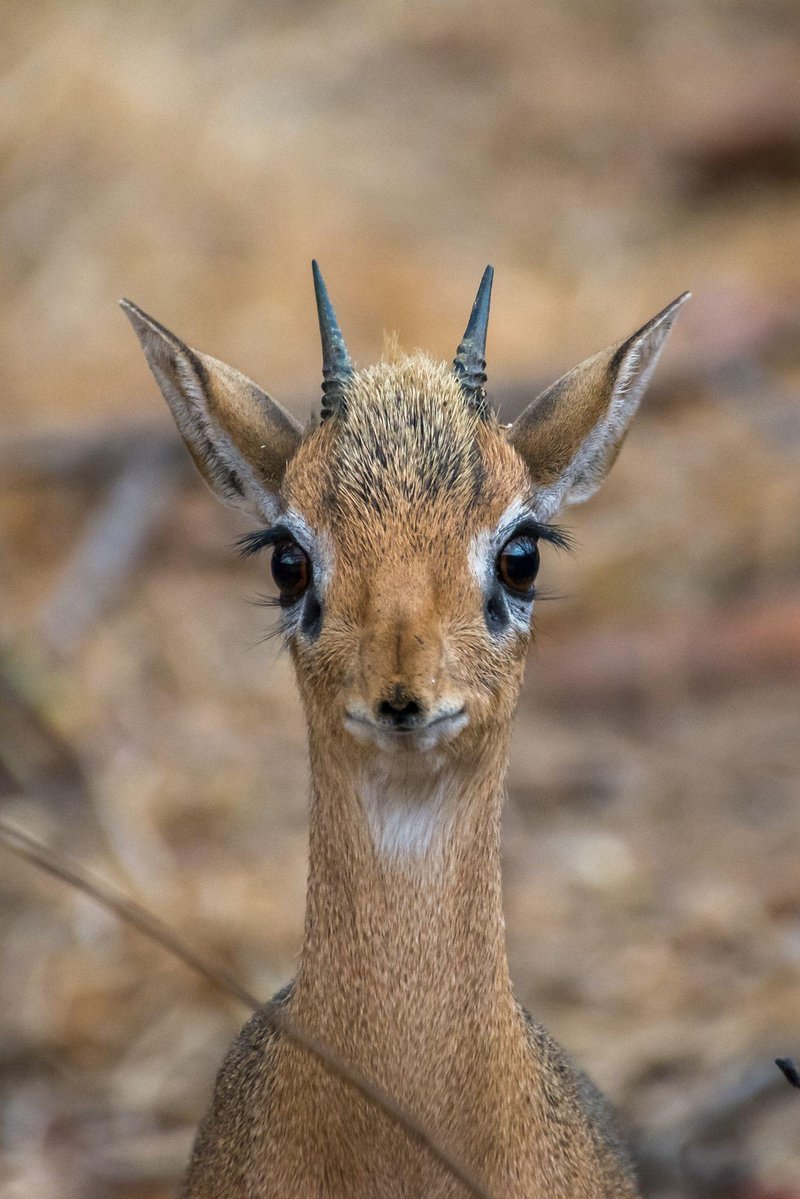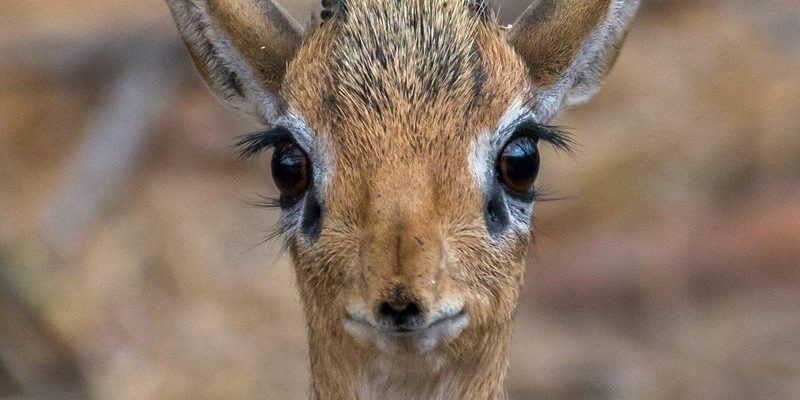
Imagine you’re out on a safari, and you spot a dik-dik darting through the brush. It’s not just the adorable size that catches your eye; it’s also how these animals interact with their environment. Their survival depends on quick thinking and adaptability, much like the way we navigate our busy lives. So, how smart is a dik-dik, really? Let’s dive into their cognitive abilities and behaviors to find out.
What Is a Dik-Dik?
Dik-diks are small antelope belonging to the family Bovidae. They typically stand about 12 to 16 inches tall at the shoulder and weigh between 10 to 20 pounds. Their name is derived from the alarm sound they make, which resembles a “dik-dik” call. These creatures are often found in pairs or small groups, making them incredibly social animals.
Distinct Features
Dik-diks are known for their elongated snouts, large eyes, and small, graceful bodies. Their fur is usually a reddish-brown or grayish color, providing excellent camouflage in their natural habitat. Interestingly, both male and female dik-diks have different physical traits. While males sport short, straight horns, females lack horns altogether.
Cognitive Abilities of Dik-Diks
You might be surprised to learn that dik-diks have some impressive cognitive skills for their size. While they’re not solving complex puzzles like dolphins or elephants, their intelligence shines through in other ways.
Adaptability
Dik-diks are highly adaptable creatures. They can thrive in various environments, including grasslands, scrublands, and even wooded areas. This adaptability isn’t just physical; it’s also cognitive. They learn to navigate their surroundings, understand predator behavior, and respond to environmental changes. This ability to adjust makes them excellent survivors in the wild.
Social Learning
Social interactions are crucial for dik-diks. They often learn from one another, especially when it comes to spotting predators. If one dik-dik senses danger, it will alert its companions with a series of alarm calls. This behavior not only helps keep the group safe, but it also shows that they can communicate and learn from each other’s experiences.
Behavioral Traits of Dik-Diks
Behavior is one of the key indicators of intelligence in any species. Dik-diks exhibit a range of behaviors that demonstrate their cognitive abilities.
Territorial Marking
Dik-diks are territorial animals. Males, in particular, mark their territory using scent glands located on their faces. They also use their feces to communicate with other dik-diks. This behavior not only shows their awareness of space but also highlights their understanding of social interactions within their species.
Fleeing from Predators
When it comes to evading predators, dik-diks rely on their keen senses and quick reflexes. They have excellent vision that helps them spot threats from afar. Once they sense danger, dik-diks can make dramatic leaps to escape, demonstrating a level of instinct that suggests they’ve developed strategies for survival based on previous encounters.
How Dik-Diks Interact with Their Environment
Dik-diks have a unique way of interacting with their environment that reflects their cleverness and survival skills. They use various strategies to find food and avoid predators.
Foraging Behavior
Dik-diks primarily feed on leaves, fruits, and flowers. They are browsers, which means they carefully select what they eat, often choosing the most nutritious parts of plants. This selective foraging shows that they can assess their food sources, which is a sign of intelligence.
Hiding Techniques
When threatened, dik-diks employ a clever tactic: they stay incredibly still and rely on their camouflage to blend into their surroundings. This behavior highlights an understanding of predator-prey dynamics and illustrates how they use their environment to their advantage.
Dik-Dik Communication
Communication plays a crucial role in the lives of dik-diks. Their ability to convey messages to one another showcases their cognitive skills.
Vocalizations
Dik-diks use a variety of sounds to communicate with each other. Their alarm call, the “dik-dik” sound, alerts other members of the group to potential danger. They also make softer sounds when they’re content or when interacting with their mates. This vocal communication indicates a level of social awareness and intelligence.
Body Language
In addition to vocalizations, dik-diks use body language to express emotions and intentions. For example, a dik-dik might lower its head or flick its ears in response to curiosity or caution. This non-verbal communication adds another layer to their social interactions.
Why Understanding Dik-Dik Intelligence Matters
Why should we care about the intelligence of dik-diks? Well, studying their cognitive abilities can offer insights into the evolutionary adaptations of smaller mammals.
Conservation Efforts
Understanding how dik-diks interact with their environment and each other can help guide conservation efforts. If we know what they need to thrive, we can better protect their habitats and populations.
Animal Behavior Research
Studying dik-diks also contributes to the broader understanding of animal behavior and intelligence. It reminds us that intelligence isn’t solely measured by size or brain volume. Many small creatures, like the dik-dik, display remarkable cognitive skills that deserve recognition.
In conclusion, dik-diks may be small, but their intelligence and behaviors are anything but trivial. From their clever communication methods to their adaptability in the wild, these fascinating creatures demonstrate that intelligence comes in all shapes and sizes. By observing their lives, we can gain a deeper appreciation for the intricate web of life and the various forms of intelligence it encompasses. So, the next time you think of intelligence, remember the humble dik-dik—an animal that reminds us that cleverness can be found in the most unexpected places.

